Travel to Rome: Tourists should expect some disruptions
Following the death of Pope Francis, tourists visiting Rome should expect disruptions to the city’s popular attractions.

Following the death of Pope Francis, tourists visiting Rome should expect some disruptions to their travel plans.
The Argentinian-born pontiff died aged 88 on Monday of a stroke, which caused a coma and “irreversible” heart failure, according to his death certificate released by the Vatican.
It comes as he recently spent 38 days in hospital where he’d undergone treatment for double pneumonia.
Angus Kidman, travel expert at Finder, warned Aussies planning a trip to Rome to expect an increase in flight prices.
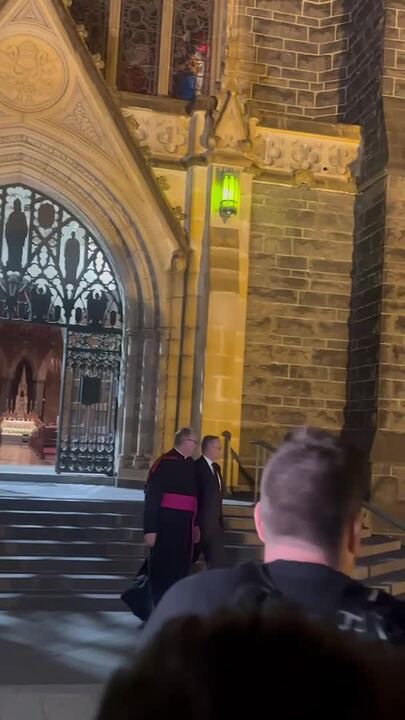
“We’ll definitely see an increase in flight prices to Rome and to Italy over the next few weeks, as the faithful flock to pay their respects and potentially to see the announcement of the new Pope,” Mr Kidman told news.com.au.
“While we’re not yet in the European summer, scoring a last-minute bargain will be tricky. “We know 13 per cent of Australians are planning a European trip this summer already.
“Travellers looking to save should consider flying elsewhere in Italy, or even flying to France or Switzerland and getting a train service from there. But we’d expect crowds with those options as well.”
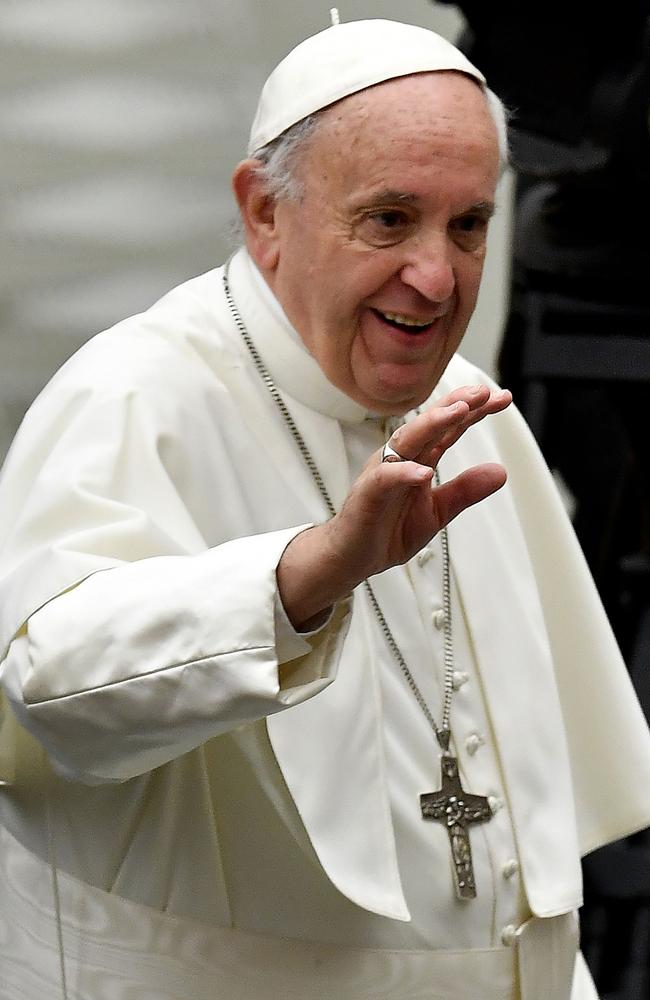
Limited access to the Sistine Chapel and St Peter’s Basilica
Tourists should also expect limited access to the Sistine Chapel and St Peter’s Basilica as the Pope’s passing triggers nine days of official mourning, known as the “novemdiales”.
His funeral will follow a centuries-old tradition, with rituals spanning several days and a viewing of his body for mourners from around the world with warnings of lengthy queues during this process.
It’s also likely that some various restaurants and shops will choose to close during this time as a mark of respect.
The historic process of the conclave which dates back to 1878 typically occurs 15 to 20 days after the pope’s death.
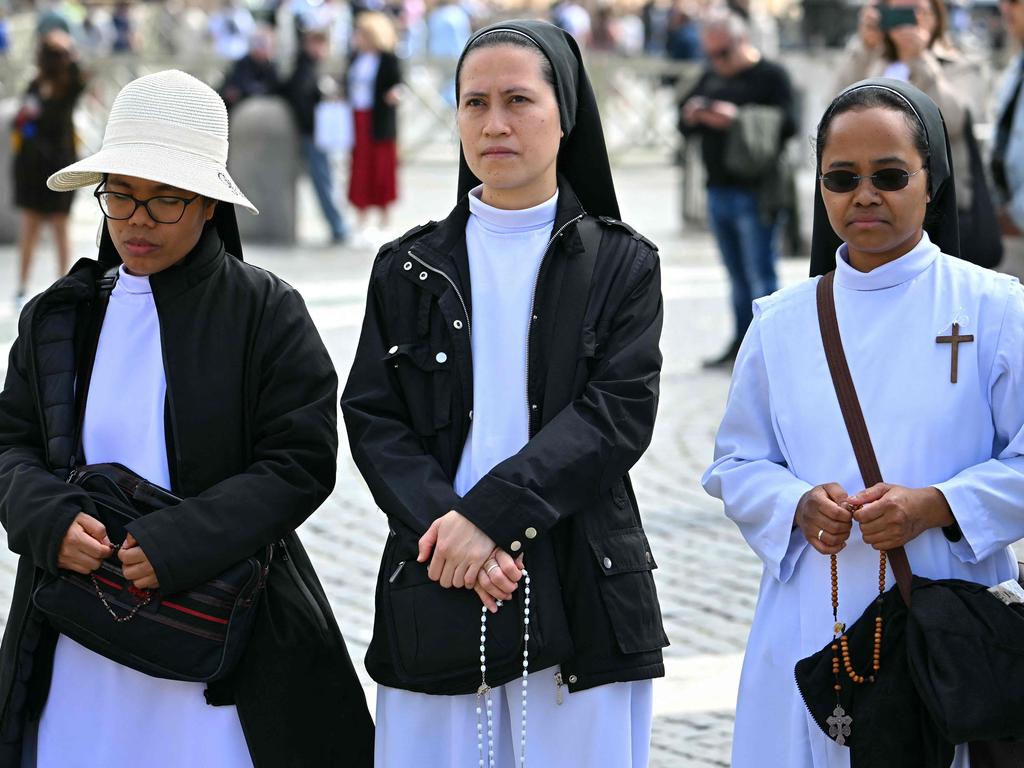
It’s where cardinals gather in the Sistine Chapel at the Vatican to choose who will be the next pope.
But things could move quicker, given that it is the Jubilee Year in Rome. In 2013, the conclave that elected Pope Francis lasted around 24 hours. Sometimes it can last much longer – in the 13th century, the College of Cardinals took three years to elect Pope Gregory X, The Telegraph reported.
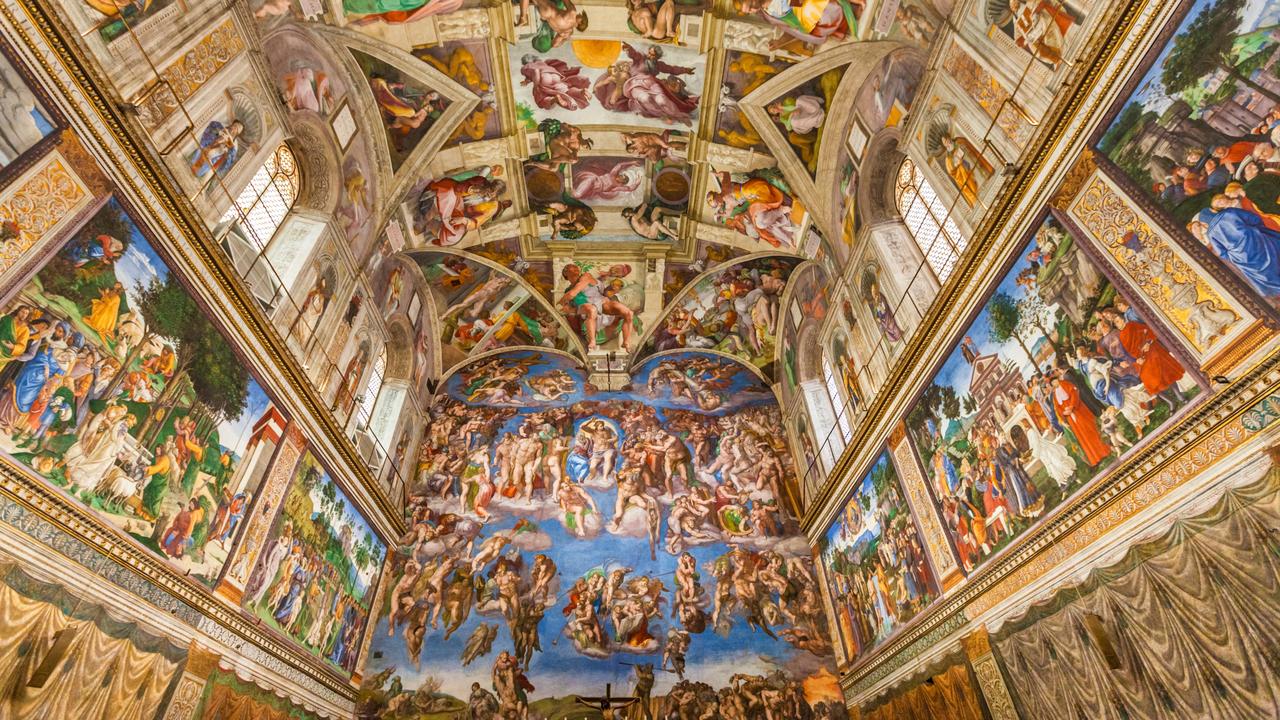
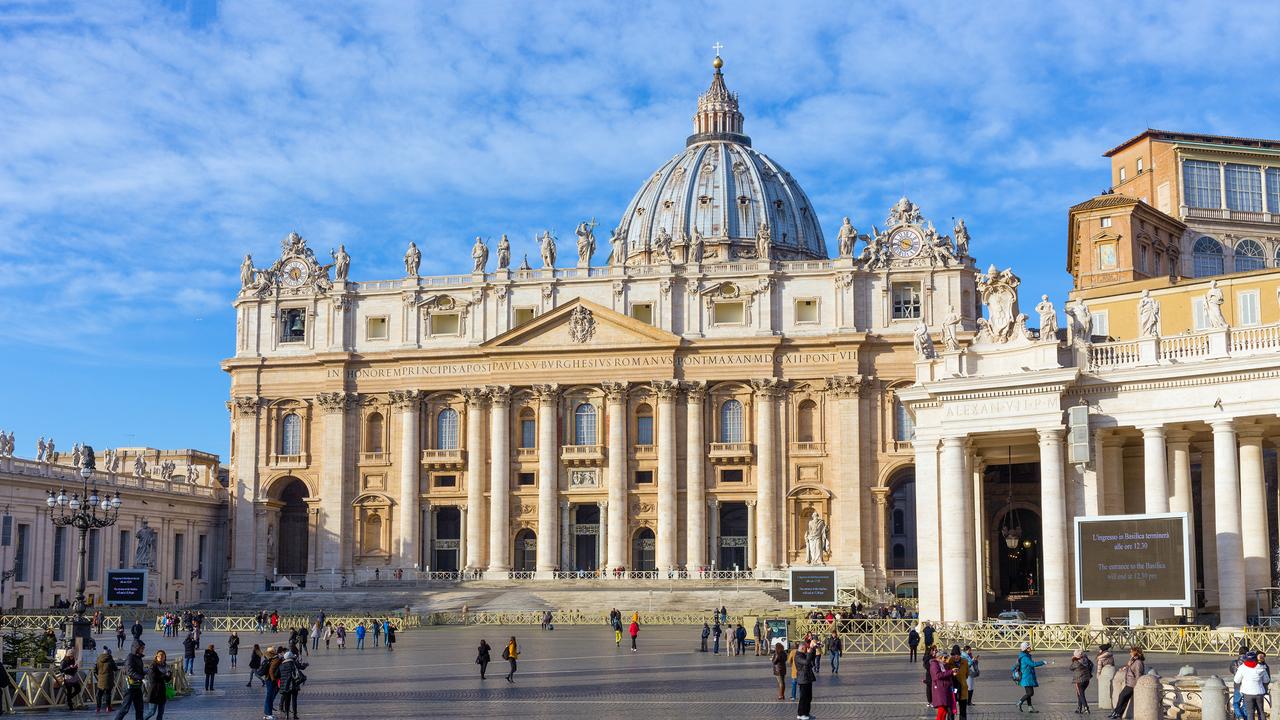
“Con clave,” Latin for “with key,” dates to 1274, when Pope Gregory X said electors should be locked away and unable to leave until they had chosen a new Pope, NBC News reported.
As such, the Sistine Chapel will be closed for about a week before Conclave and will be closed for the entire duration of the process.
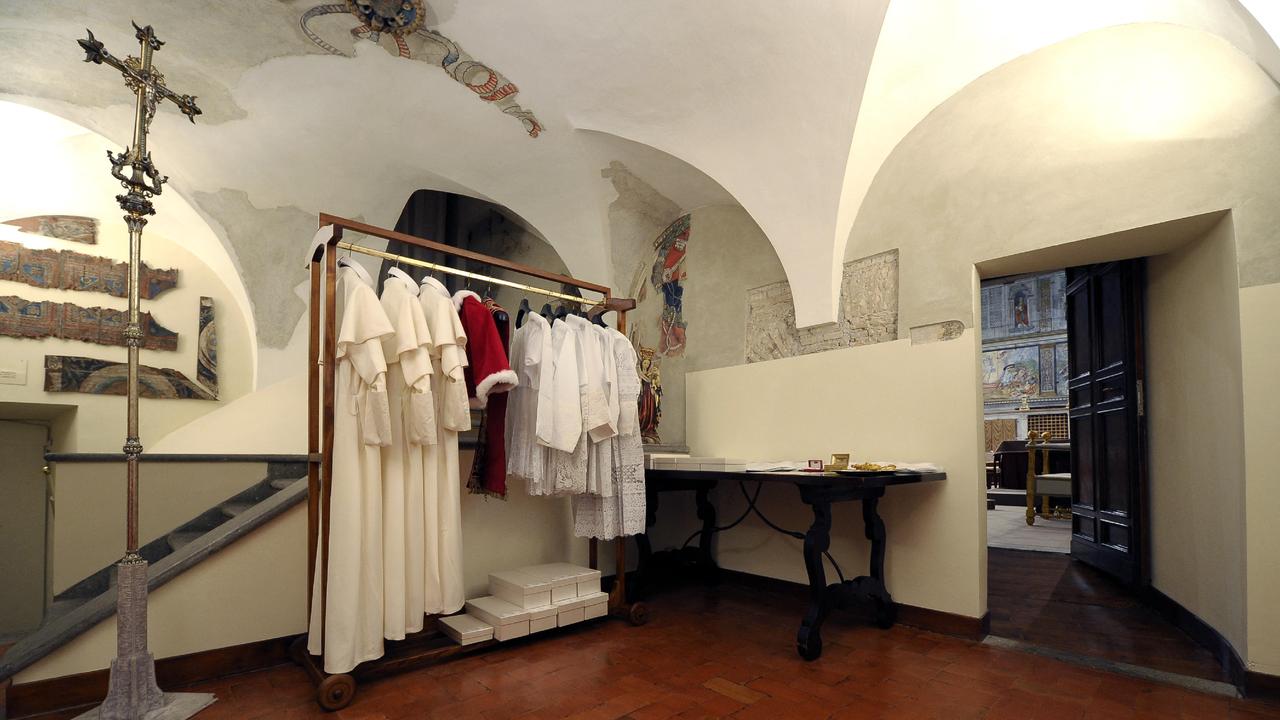
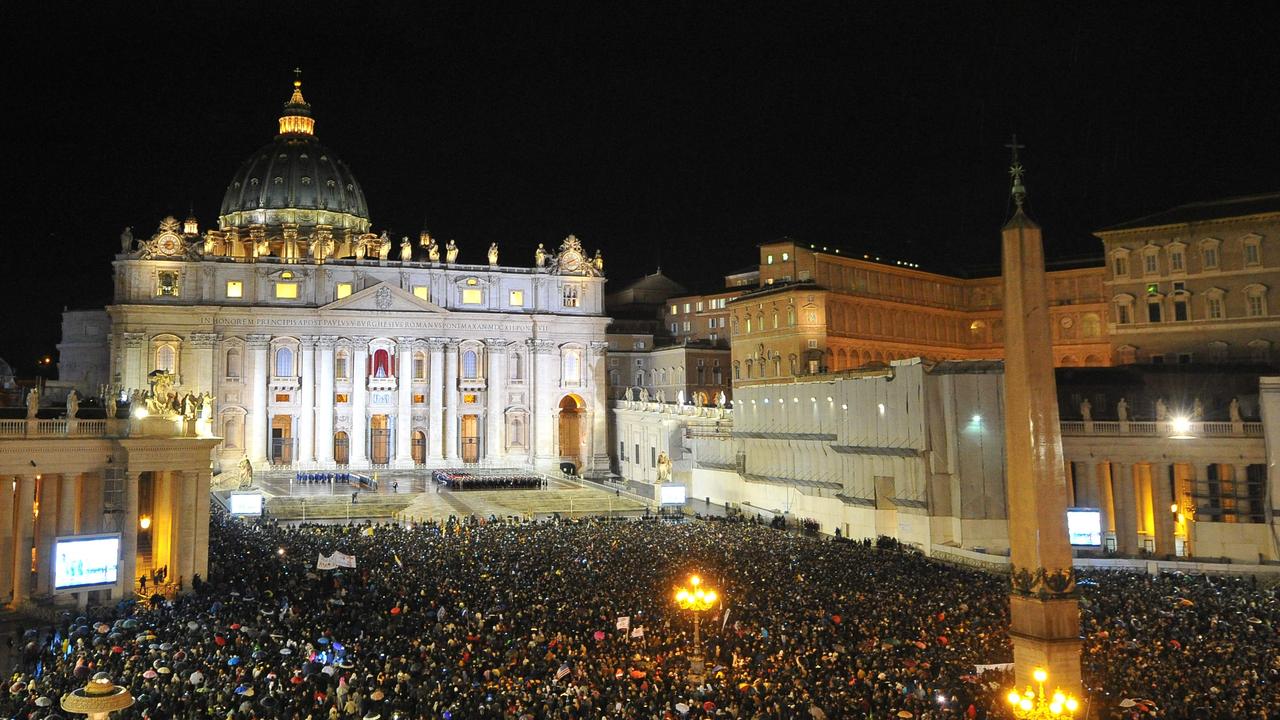
It will likely open again a couple of days after Conclave ends. During the Conclave, the Vatican Museums, however, will remain open, and visitors will be redirected along an alternative route, according to Through Eternity Tours.
The company which offers guided tours of St. Peter’s and the Vatican museums explained Vatican Museums, however, will remain open and visitors will be redirected along an alternative route.
It explained all other parts of the museums will be visitable, including the Raphael Rooms but tours of the Vatican Gardens will be suspended for security reasons as the cardinals are bused back and forth from the chapel to their accommodation on the grounds.
More Coverage
Meanwhile, access to St Peter’s Basilica will not be possible on guided tours as access is via the Sistine Chapel.
“The Basilica will have limited (unspecified) access due to funeral preparations,” the tour company stated.
“Access to the dome of the Basilica is closed. If you wish to see the Pope lying in state in St. Peter’s Basilica, be prepared for huge queues and heightened security, especially if this occurs during the already crowded Jubilee Year.”






